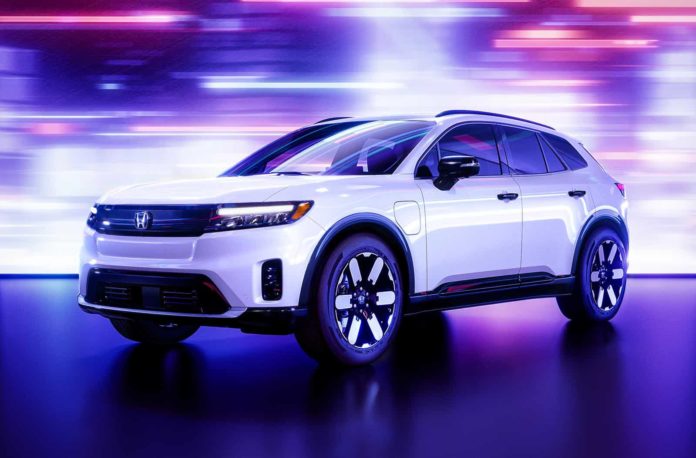As the demand for electric vehicles accelerates, Honda Motor Co. announced organizational structural changes on Tuesday to speed up its progress into electrification.
The company is looking to better compete in the segment currently dominated by Tesla and BYD as it risks falling behind American, Chinese and European competitors that are further along in developing and marketing electric vehicles.
To affect the change, Honda is integrating its motorcycle and power products with its battery electric vehicle (BEV) automobile development and electrification-related business. In addition, four current regional operations — Japan, Asia & Oceania, South America and the Europe, Africa and the Middle East Region — will be combined as Honda merges them into a new Associated Region group alongside its North America and China regions. The company also announced it will realign corporate functions to better formulate and execute corporate strategy while optimizing corporate resources.
It’s part of the new CEO’s pledge to produce about 2 million EVs a year by 2030, have a fully electric vehicle line-up by 2040 and be completely carbon neutral manufacturer by 2050.
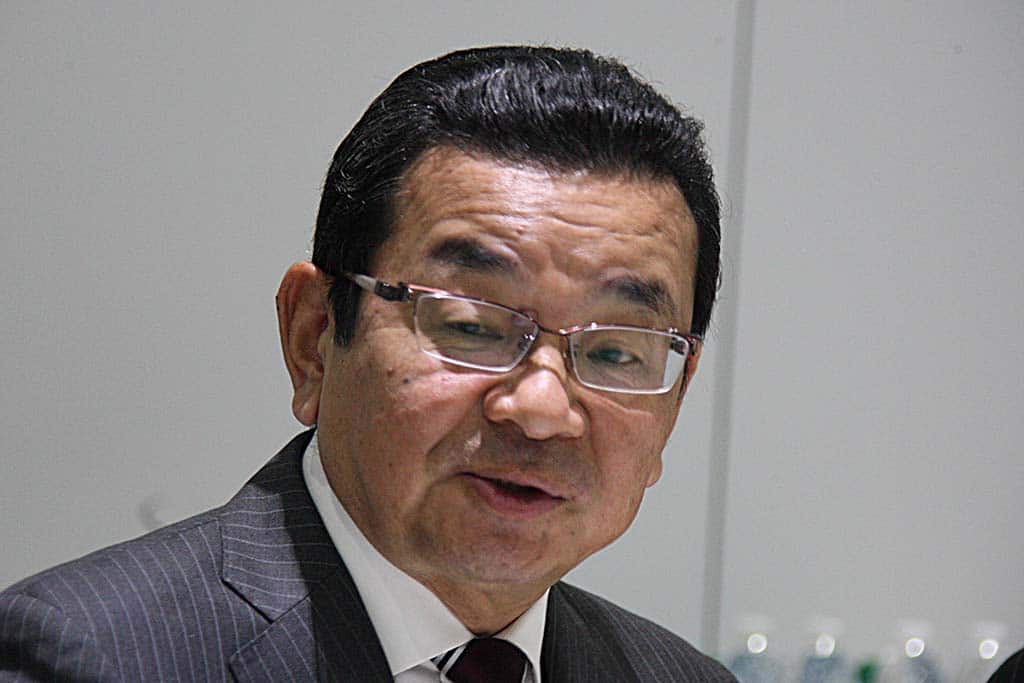
Meeting new objectives
The changes become effective April 1, and represent the automaker’s focus on the development of electric vehicles and achieving carbon neutrality, a key objective of Honda CEO Toshihiro Mibe, who took over the role from Takahiro Hachigo in February 2021.
“I will further accelerate our ‘preparation for future growth’ and start putting our plans into action, Mibe said a year ago. “In other words, I am now going to construct a ‘building,’ which is the future of Honda.”
Others are already ahead
Honda’s reorganization follows other automakers’ newfound focus on BEVs. But few have gone so far to restructure with the exception of Ford Motor Co. It started in March 2022, when Ford CEO Jim Farley announced that Detroit’s second-largest automaker would be reorganized into five semi-independent organizations, with Ford Model e developing, manufacturing and marketing EV models and Ford Blue doing the same for internal combustion engine vehicles. Other units include Ford Pro for fleet and commercial products; Ford Drive, the company’s tech division and Ford Finance, the automaker’s captive lending business. It was followed by a round of executive suite changes in September.
Honda seeks partners to aid EV growth
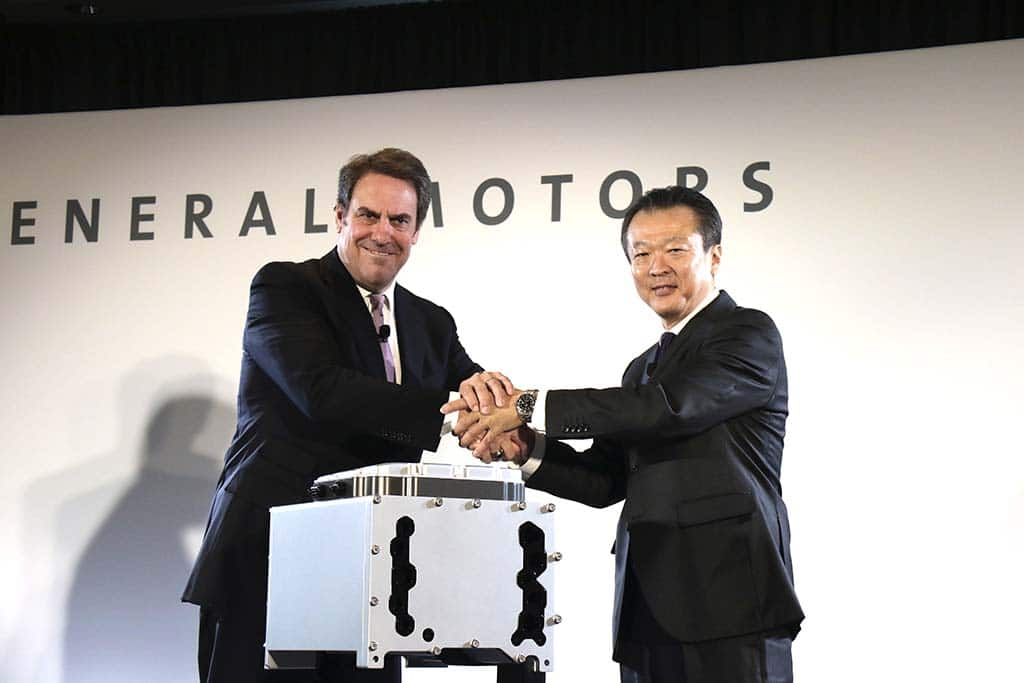
It’s initial attempt to catch up to the market comes with help from General Motors, as the company will employ the Detroit automaker’s Ultium platform for both a new Honda and Acura vehicle for the 2024 model year as Honda works to develop a completely homegrown BEV that’s slated to come to market in the second half of the decade.
The use of GM platforms deepens a partnership initiated in 2018, when Honda partnered with GM to develop self-driving cars, fuel cells, and advanced battery technology.
Then in March, the company announced a 50/50 joint venture with Sony dubbed Sony Honda Mobility, with Sony CEO Kenichiro Yoshida the Vision-S concept vehicle as a hint of what’s to come. Headquartered in Tokyo with ¥10 billion (or $75,393,500) in capital, the company plans to have EV sales and mobility services starting in 2025, pending regulatory approval.
A pioneer loses its way
Yet Honda was an early pioneer of vehicle electrification. Its Insight gas-electric hybrid actually came to the U.S. in November 1999, months ahead of the Toyota Prius. But much like Nissan and the Leaf EV, Honda take advantage of its early lead in the segment, as it chased the larger profits to be realized from feeding consumer demand for SUVs.
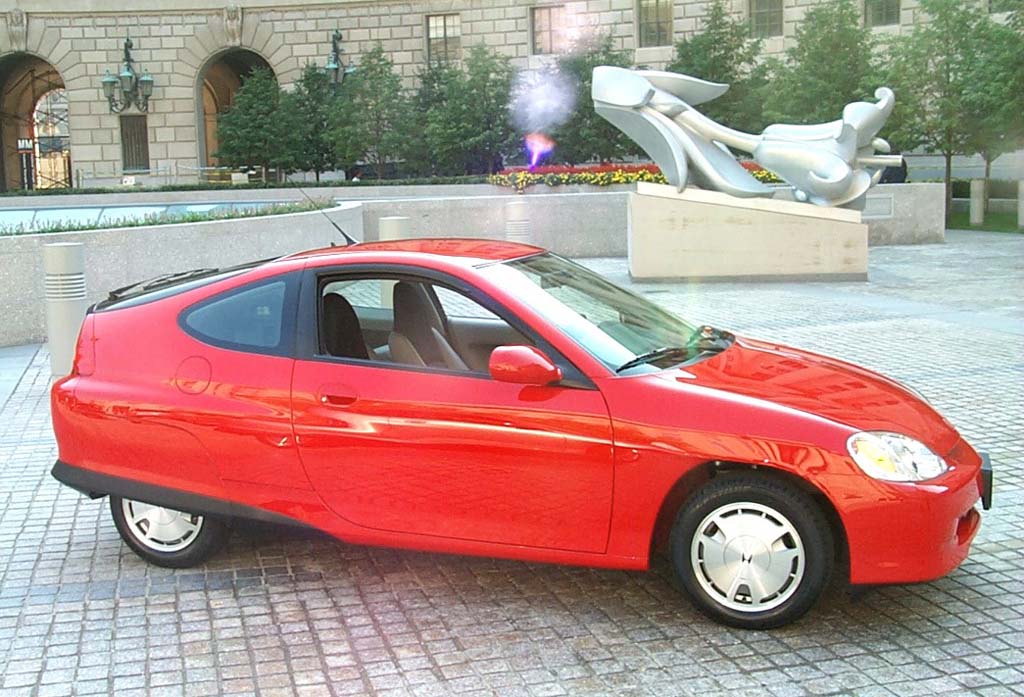
Yet adding electrification could have been a competitive advantage, something Toyota eventually realized. Its current model line offers hybrid trim levels alongside internal combustion models.
And while Honda has manufactured and marketed hybrids, plug-ins and even a hydrogen fuel-cell electric vehicle (FCEV), it stopped selling its Clarity in 2020, it’s only BEV, which delivered a mere 89 miles of range. The Clarity was also sold as a plug-in hybrid and fuel-cell electric vehicle, which were cancelled the following year.
Honda is a strong supporter of the fuel-cell technology that GM has long been experimenting with. It’s unclear if the corporation has any other fuel-cell plans. Toyota is still making the hydrogen-powered Mirai, but demand is declining due to a lack of infrastructure.
Honda is expanding its battery-electric vehicle program as governments demand automakers electrify cars rather than investing in fuel cells.
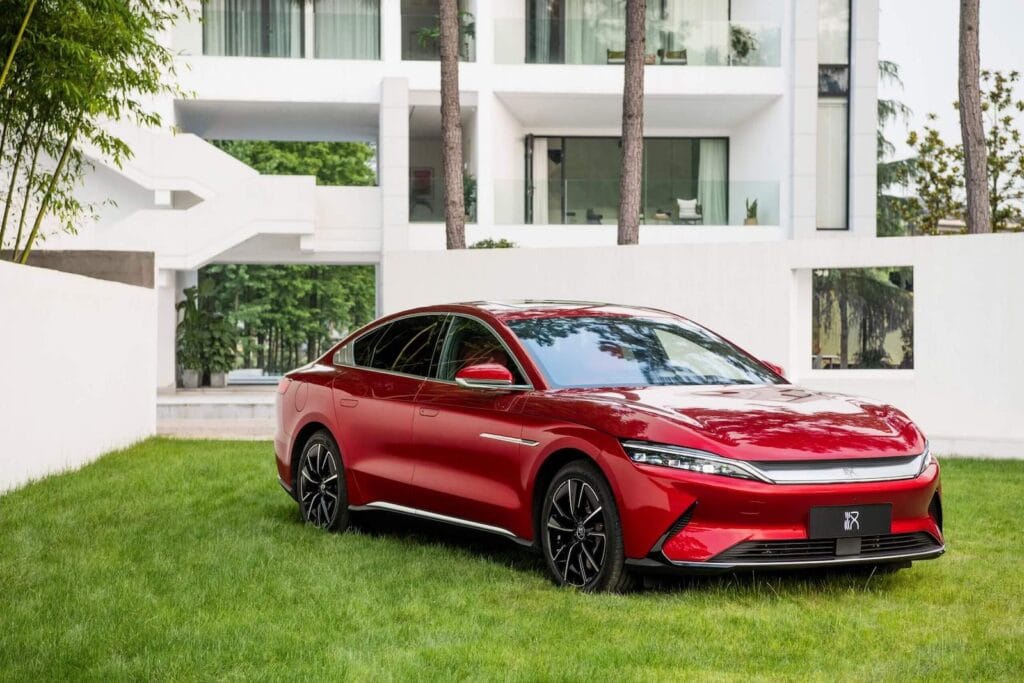
The same is true of Toyota, whose CEO has long criticized competitors’ headlong rush into BEV adoption, something worldwide government rules dictate. Now the company is rushing to catch up, announcing only last month that the company will invest ¥4 trillion, or $35 billion, to bring 30 BEVs to market by 2030. The announcement came even as the company was recovering from an embarrassing recall of its first BEV, the bZ4X crossover, after it was discovered that a hub bolt could loosen causing a wheel to come off.
Similarly, Nissan failed to capitalize on its early lead in EVs with the introduction of the Nissan Leaf in December 2010. Only now, 13 years later, is the company offering a second BEV, the Nissan Ariya.
And even as the Japanese attempt to catch up to a market they overlooked, China’s largest EV maker, BYD, is starting a concerted push into worldwide markets, particularly Europe, and spent most of 2022 studying how to establish a U.S. sales network, according to a Reuters report. But tense U.S.-China relations, a newfound push to establish a U.S. EV manufacturing base have delayed the company, which can only benefit Japanese automakers who are late to the party.
Currently, Tesla, Ford, GM and Hyundai Motor Group are the top-selling EV manufacturers in the U.S.

